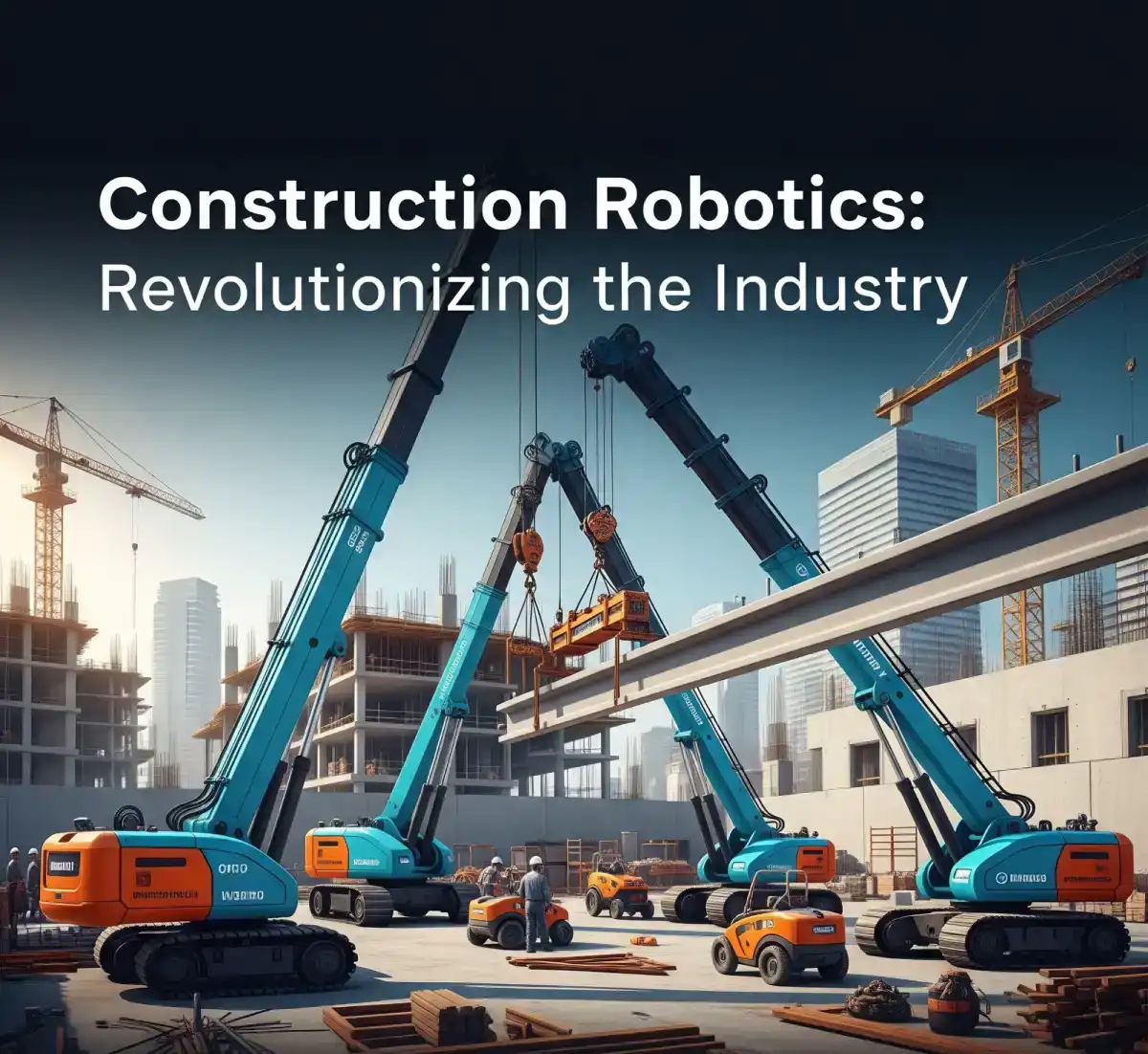Download Ready
Thanks for your interest! Your syllabus is now ready to download.

May 27, 2025
2 Min Read
Vancouver, BC – Construction robots are poised for a significant leap in performance thanks to a novel training framework developed by researchers at the University of British Columbia (UBC). Published in the journal Computer-Aided Civil and Infrastructure Engineering, this innovative method merges human expertise with environmental feedback, allowing robots to learn complex tasks more efficiently and effectively.
Led by Kangkang Duan, Zhengbo Zou, and Prof. T.Y. Yang, the UBC team's hybrid learning framework combines two powerful artificial intelligence techniques:
"Our approach trains robots not just to imitate human workers, but to improve upon them by learning from the environment,"
"This enables a balance between human expertise and machine-level optimisation."
The researchers simulated a window installation task using a six-joint xArm robot to validate their method. The results were impressive:
"This hybrid approach dramatically improves learning efficiency and real-world applicability," noted lead author Kangkang Duan. "It reflects a paradigm shift in how we train machines for dynamic construction environments."
This research addresses a critical need in the construction industry for safe and efficient automation of repetitive and hazardous tasks. The framework is highly scalable and flexible, with potential applications across various construction activities, including:
While acknowledging current limitations like reliance on high-precision tracking and predefined gesture libraries, the team is set to explore expanding the framework to deformable object manipulation, enhancing generalization, and reducing hardware dependence through cloud-based simulation. This breakthrough paves the way for a new era of intelligent and adaptable construction robots.